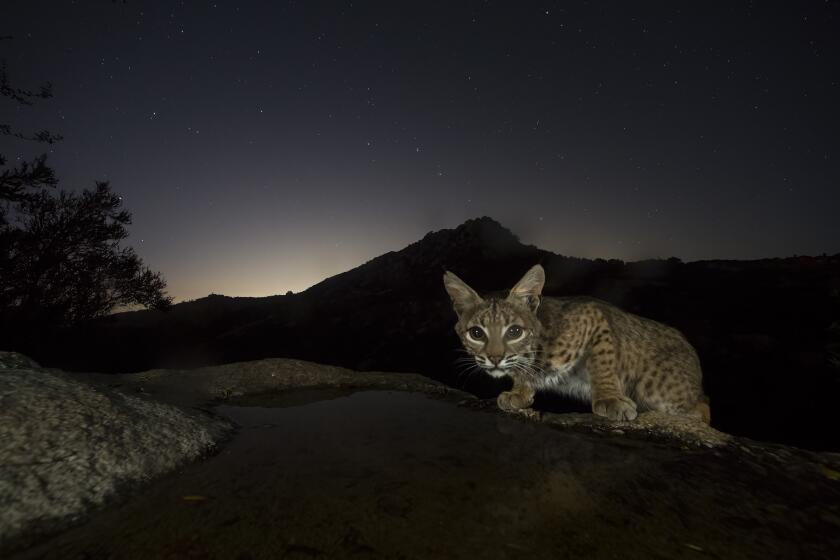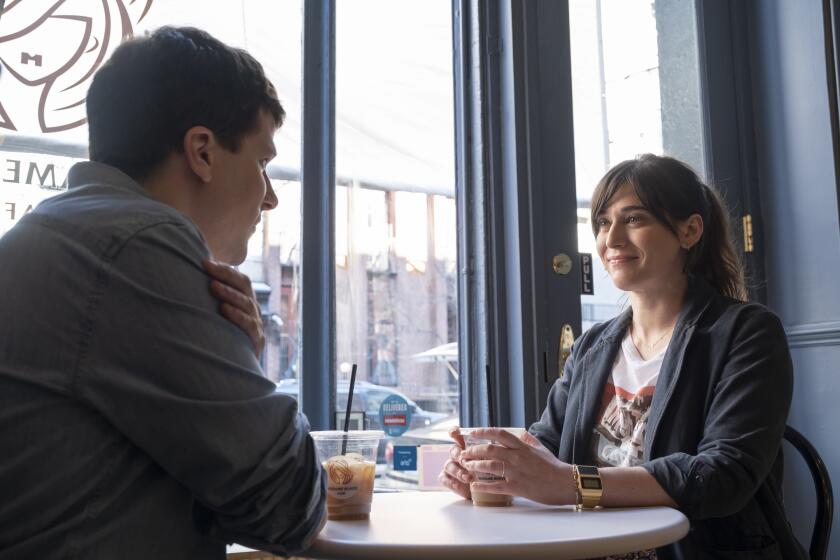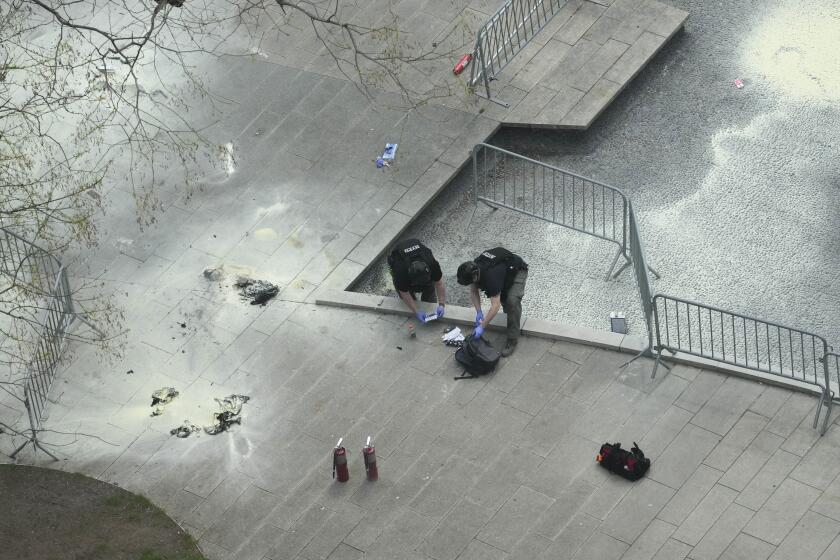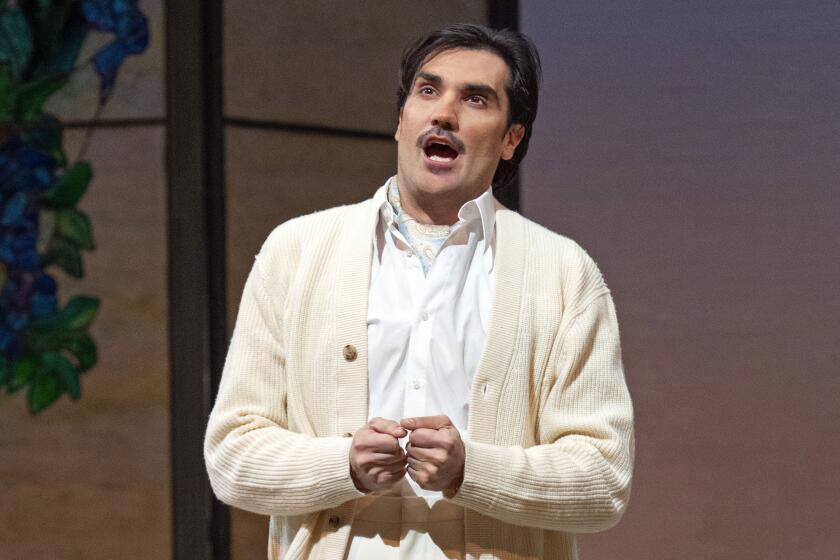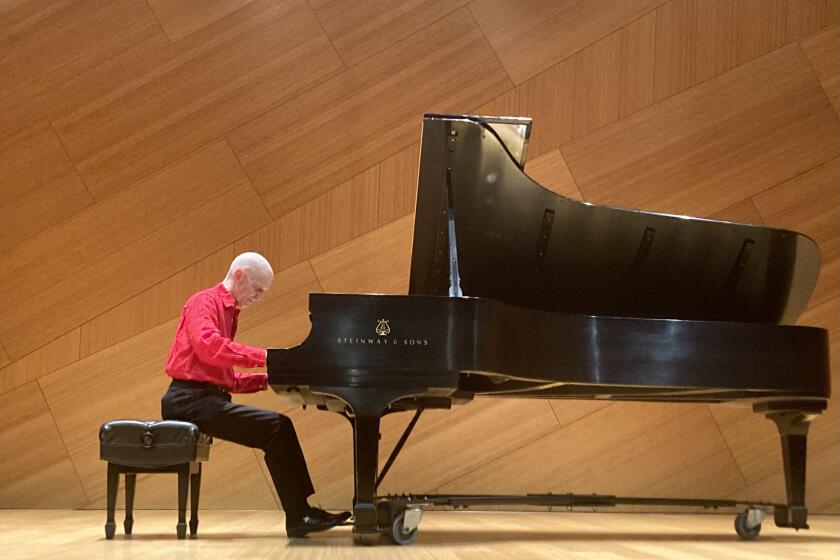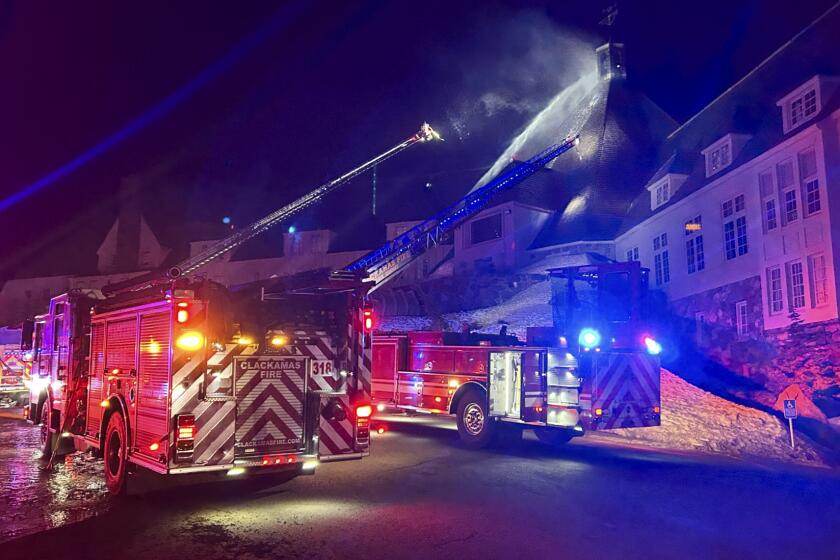Column: Netflix’s ‘The Girl From Oslo’ is an Israeli-Norwegian thriller with a San Diego connection
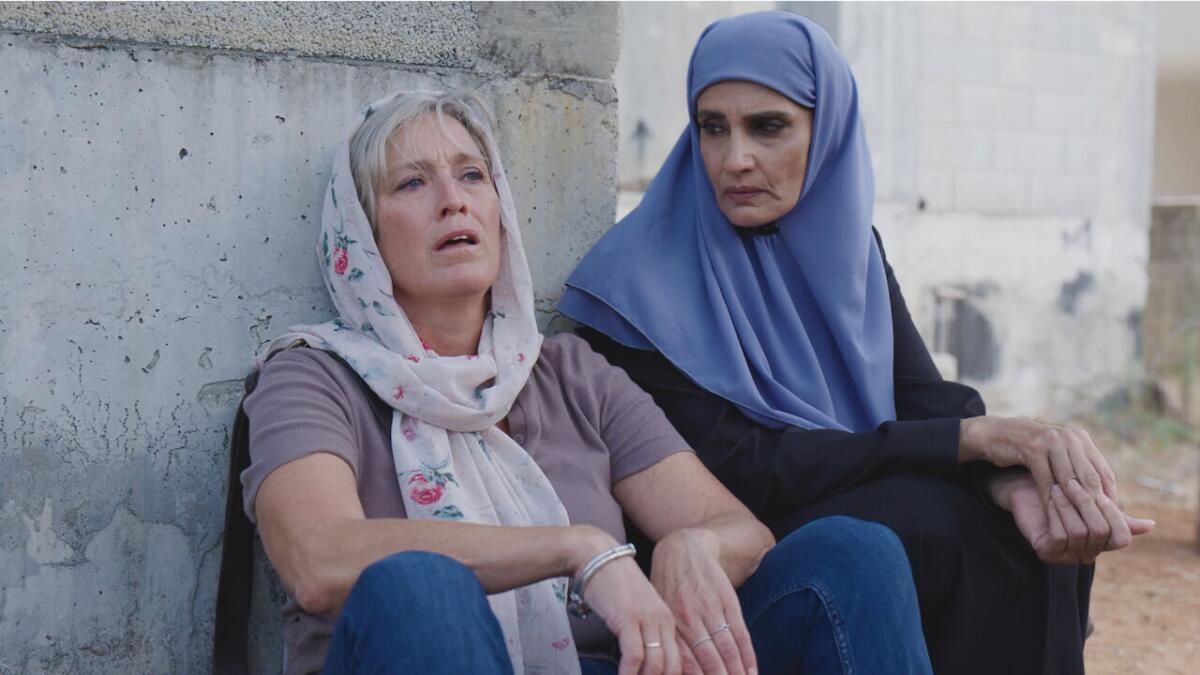
Visiting SDSU professor Ronit Weiss-Berkowitz says her ‘inspiring’ time in San Diego helped her write ‘The Girl From Oslo’
Tense hostage negotiations. Near escapes and cliffhanger rescues. Secrets that could rock multiple worlds.
These and other dramatic developments helped propel Netflix’s new thriller “The Girl From Oslo” to the No. 4 spot on the streaming service’s Top 10 most-viewed series. But one of the biggest surprises about “The Girl From Oslo” is that this TV collaboration between an Israeli cable company and a Norwegian media group has its creative roots in San Diego.
The 10-episode series about three young tourists who are abducted while on vacation in Egypt was co-created and co-written by Israeli screenwriter Ronit Weiss-Berkowitz, who wrote the series during her first stint as a visiting professor at San Diego State University.
“San Diego has something about it that is very calm. For me, the ocean and the weather and the new people I met, it was inspiring,” said Weiss-Berkowitz, who taught screenwriting at SDSU in the spring of 2019 and the fall of 2021 as part of the university’s Visiting Israeli Artists Program.
“Sometimes when you look from a distance at issues and problems and dilemmas, it can give you a fresh point of view.”
For Weiss-Berkowitz, the “Girl From Oslo” adventure began with a phone call from an Israeli producer. He was trying to kick-start the first-ever TV co-production between Israel and Norway — did Weiss-Berkowitz have any ideas for a series?
“I said, ‘No, but give me two days,’” Weiss-Berkowitz said during a Zoom interview from her home in Tel Aviv. “And when I thought about a connection between Israel and Norway, I thought about the Oslo talks.”
In 1993, members of the Israeli government and the leadership of the Palestine Liberation Organization met in Oslo for the talks that led to the Oslo Accords,a series of agreements between Israel and the Palestinians designed to bring peace to the Middle East.
The talks were a landmark moment in world history, but Weiss-Berkowitz was less interested in the global drama than she was in the bit players.
“I didn’t want to make something about the negotiations or what happened in the room. This is not my material. I thought about what happened outside the room. And then I started thinking about three young people — Arik, Alex and Layla.”
When “The Girl From Oslo” kicks off, Arik, Alex and Layla are not the outsiders they were when they first met in 1993. Arik has risen from low-level public servant to the upper levels of the Israeli government. Alex has gone from driving dignitaries around Oslo to a career in journalism. Layla was a Palestinian translator, and now, she’s a doctor.
In the first episode, the long-separated friends are brought together by the abduction in the Sinai desert. Alex’s daughter, Pia, is one of the three kidnapped tourists. When Alex discovers that Pia’s first stop was Israel, she flies to Tel Aviv to meet with Arik. The government’s negotiations are tricky and slow, so an impatient Alex tracks down Layla, hoping to make inroads with the Hamas community.
“The narrative of the kidnapping, the ticking clock, the tense negotiations, those are the dramatic part of the series,” said Weiss-Berkowitz, who is one of the founders of the Sam Spiegel Film and Television School in Jerusalem, and whose screenwriting credits include the popular Israeli series “A Touch Away.”
“But the beating heart is the conflict between all of the hidden agendas. This is about how the secrets of the past become the lies of the present.”
The 30-minute episodes race from one nail-biting scenario to the next at breakneck speed, as the three adults attempt to save the young hostages while battling compromised bureaucrats, ruthless radicals and their own tangled histories.
But if the on-screen results have left nervous viewers clutching their remotes, Weiss-Berkowitz has nothing but warm memories for the low-key process that made all of this high-wire action possible.
“The Norwegian production company sent my co-writer (Kyrre Holm Johannessen, who also co-created the series) to San Diego for a week. He was away from home also, and we just spent days walking around Balboa Park and the ocean and talking about families. It was very refreshing.
“I became an ambassador for San Diego,” Weiss-Berkowitz said with a long-distance chuckle. “The sea lions and the seals and the beach, it was like a spell for me. Something good happened to me there. I slept very good and I wrote and I was creative.”
Weiss-Berkowitz hopes to come back to San Diego for another teaching stint at SDSU, where she was particularly impressed with the diversity of the student population. She is currently working on a new streaming series that she can’t talk about, but she is happy to revel in the global success of a show that happened in San Diego but absolutely did not stay here.
“If you write about something you know locally, it can be universal. But for me, it was a big surprise,” Weiss-Berkowitz said of impressive early viewership of “The Girl From Oslo,” which was released in late December.
“We know that viewers like thrillers, but I hope they will find other layers in the series. The landscape and the kidnapping are the attractive layer. Then you get to see that maybe there is more behind it.”
“The Girl From Oslo” is streaming on Netflix.
Get U-T Arts & Culture on Thursdays
A San Diego insider’s look at what talented artists are bringing to the stage, screen, galleries and more.
You may occasionally receive promotional content from the San Diego Union-Tribune.





